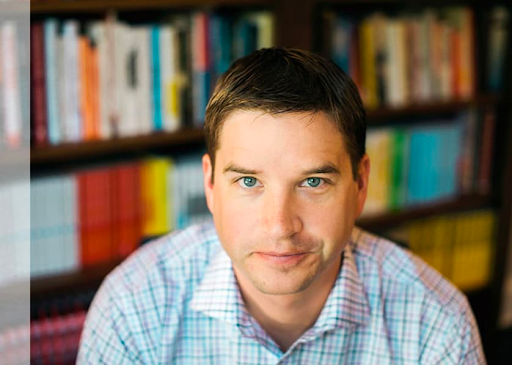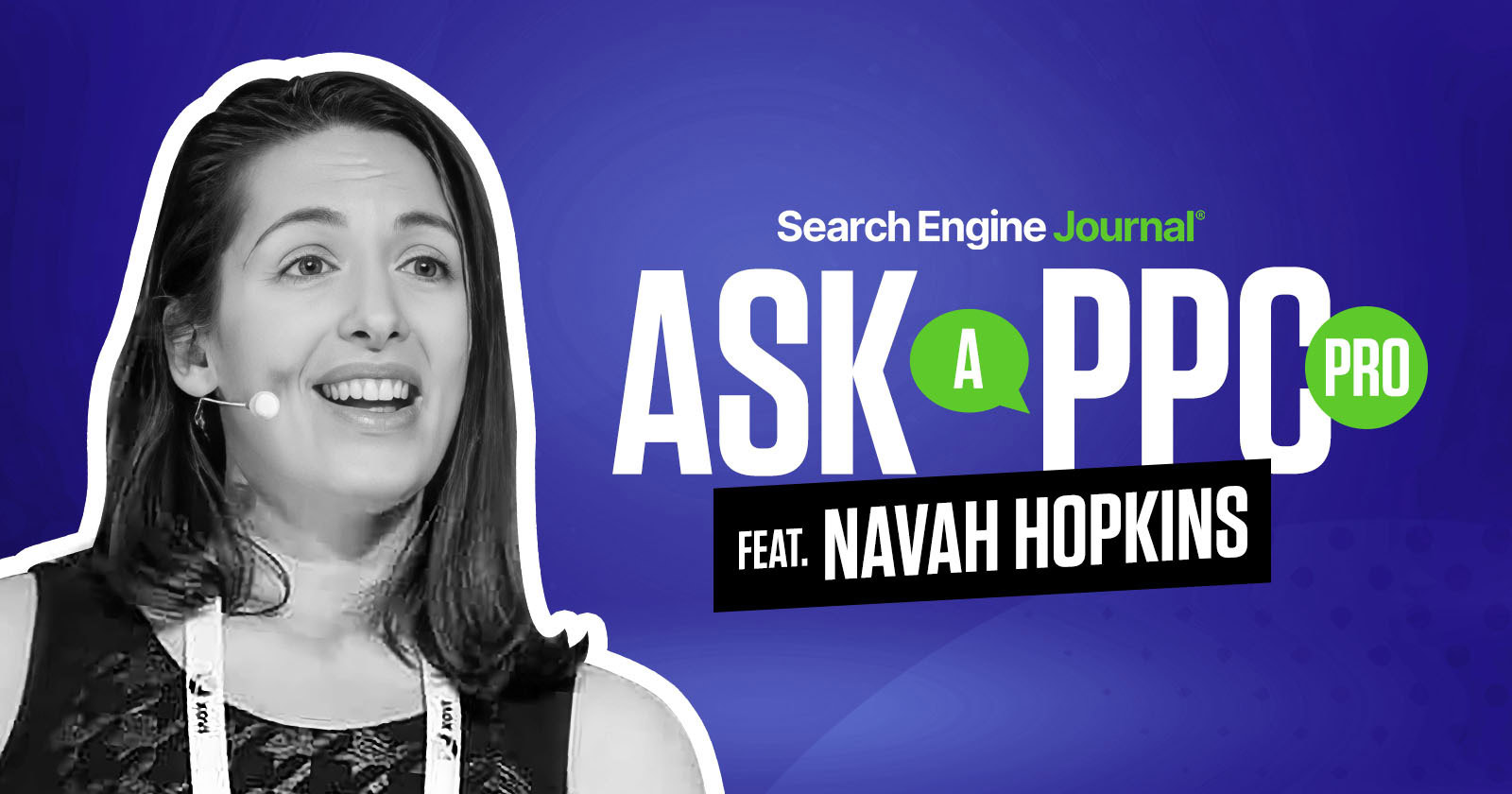THE IMAGINED LIFE
Steven is now over 50. His modest career as an academic has plateaued and his marriage has gone stale, in large part due to his emotional withdrawal, a lifelong pattern he recognizes. Now, he and his wife have separated—“taking a break” is her preferred term—and he decides that to grope his way through this limbo he’ll need to do the long-avoided work of excavating what happened back in 1984, when he was 12 and his father, a talented scholar and popular teacher, disappeared abruptly and permanently from Steven’s life after a negative tenure decision that came during a spectacular public crackup. As Steven drives northward in California toward Berkeley and his young son and estranged wife, he stops off to interview his father’s brother and several former colleagues. Steven’s twofold goal is to learn more about the context and the causes of his father’s flameout—the onset of paranoid schizophrenia, a near-compulsive tendency toward self-sabotage, and a conspicuous affair with a male colleague with whom, for a time, the father cohabited in a backyard cabana—and simultaneously to reflect on his own awkwardness and uncertainty back then, as a kid on the cusp of adolescence whose parents were suffering. Steven is aware, and we become ever more so, of the ways his own life and troubles have rhymed with his father’s, and figuring out those stubborn, intricate connections is the goal; he is searching not for the missing father (if he’s still alive) but for the insight (to be found in the imagined life that emerges from memory and notebooks and interviews) that might help get Steven unstuck.


Steven is now over 50. His modest career as an academic has plateaued and his marriage has gone stale, in large part due to his emotional withdrawal, a lifelong pattern he recognizes. Now, he and his wife have separated—“taking a break” is her preferred term—and he decides that to grope his way through this limbo he’ll need to do the long-avoided work of excavating what happened back in 1984, when he was 12 and his father, a talented scholar and popular teacher, disappeared abruptly and permanently from Steven’s life after a negative tenure decision that came during a spectacular public crackup. As Steven drives northward in California toward Berkeley and his young son and estranged wife, he stops off to interview his father’s brother and several former colleagues. Steven’s twofold goal is to learn more about the context and the causes of his father’s flameout—the onset of paranoid schizophrenia, a near-compulsive tendency toward self-sabotage, and a conspicuous affair with a male colleague with whom, for a time, the father cohabited in a backyard cabana—and simultaneously to reflect on his own awkwardness and uncertainty back then, as a kid on the cusp of adolescence whose parents were suffering. Steven is aware, and we become ever more so, of the ways his own life and troubles have rhymed with his father’s, and figuring out those stubborn, intricate connections is the goal; he is searching not for the missing father (if he’s still alive) but for the insight (to be found in the imagined life that emerges from memory and notebooks and interviews) that might help get Steven unstuck.
















































![How Marketers Are Using AI for Writing [Survey]](https://www.growandconvert.com/wp-content/uploads/2025/03/ai-for-writing-1024x682.jpg)
















































![31 Top Social Media Platforms in 2025 [+ Marketing Tips]](https://static.semrush.com/blog/uploads/media/0b/40/0b40fe7015c46ea017490203e239364a/most-popular-social-media-platforms.svg)























![Gated Content: What Marketers Need to Know [+ Examples]](https://www.hubspot.com/hubfs/UNGated%20Content.png)

















